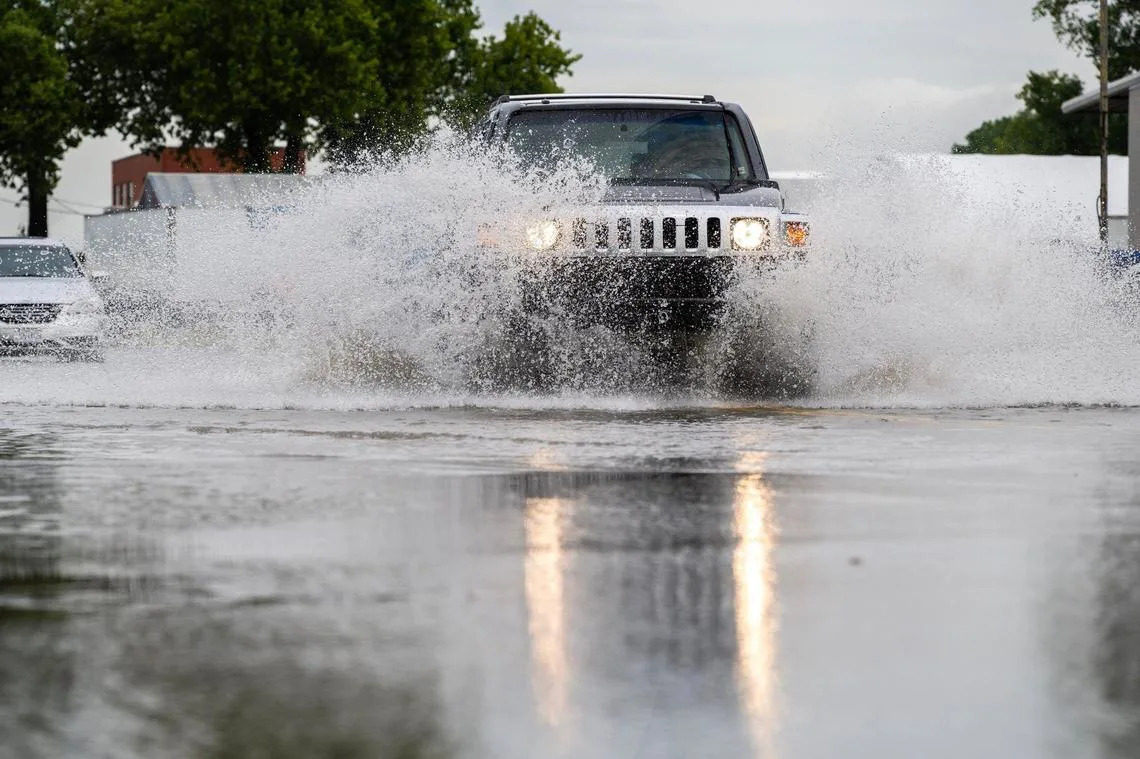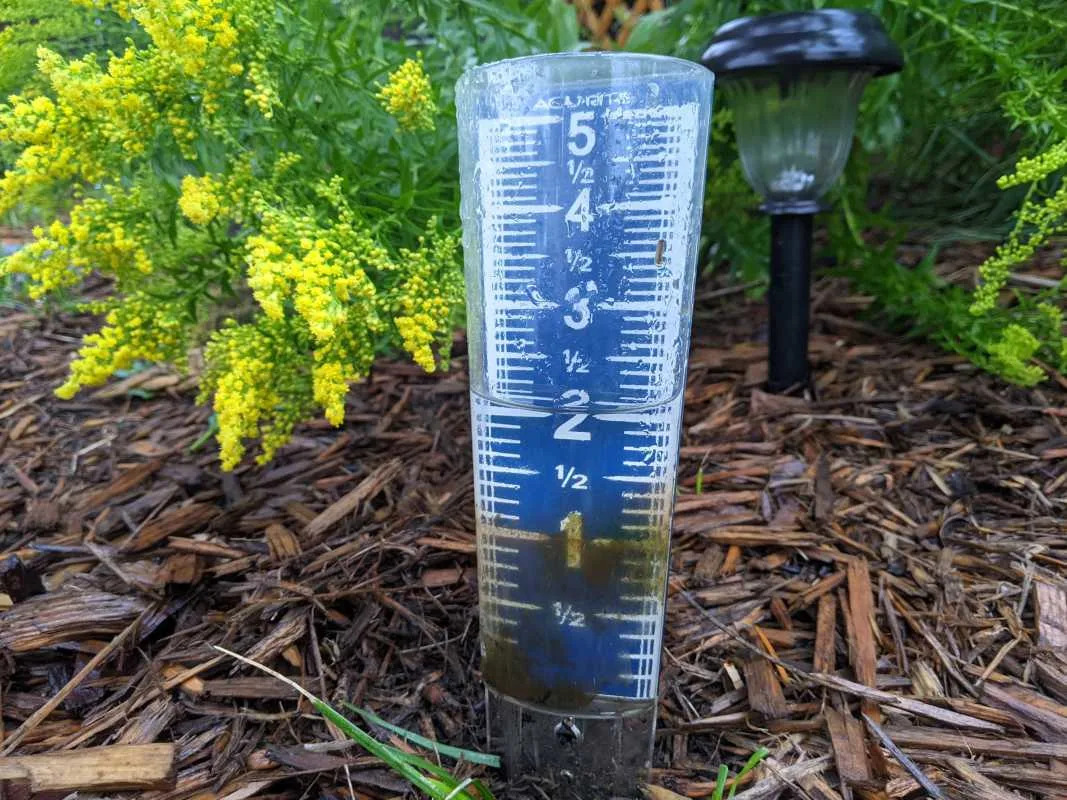
An online tool developed by hydrologists has helped the state spot potential toxic algae blooms in Idaho and issue health advisories early.
State officials every summer detect harmful blooms in Idaho waters, including this year, when the Department of Health and Welfare issued an advisory for the Brownlee and Hells Canyon reservoirs. The U.S. Geological Survey developed the Remote Aquatic Chlorophyll-a Tracker, shortened to REACT, an online tool that monitors and maps out where chlorophyll-a has been detected via satellite.
The harmful algae blooms occur in still water from rapid overgrowth of cyanobacteria, which are harmful to people, livestock and pets. Chlorophyll-a is a green pigment that is found in the toxin-producing cyanobacteria, but also in non-harmful plants like pond weeds, said Tyler King, Geological Survey’s supervisory research hydrologist.
Chlorophyll presence in itself doesn’t necessarily mean the harmful algae blooms are there, King told the Idaho Statesman. “But if it changes quickly, and if it’s really big and it’s out in the middle of the lake, you could have pretty high confidence that that’s from the rapid proliferation of phytoplankton, of which cyanobacteria is a type.”
When those rapid changes are detected, King said, the Department of Health and Welfare and Department of Environmental Quality work together to test the water for toxins and issue health advisories if they find the toxins.
King recommends visiting the Department of Health and Welfare’s interactive Recreational Water Health Advisories map to check for health advisories rather than solely rely on REACT. Still, REACT gives the public a chance to explore known advisory areas at a high resolution and see which areas might be the most dangerous for people and pets.
“If you have someone who’s inclined to look for information on their own, they can use the REACT website, and generally speaking, they could rule out some water bodies to go visit if they are concerned about exposure,” King said. “I just wouldn’t use it as an authoritative source to say, ‘Oh yeah, there’s definitely a harmful algal bloom in this water body,’ unless you go out and test it.”
King added that, more than anything, people should be ready to spot the signs of harmful algal blooms in nature to prevent exposure. He said the telltale sign of toxic algae is blue-green colored film on the surface of still water.
“If you see something that looks like spilled blue paint, just don’t even get in,” King said. “Satellite imagery is great. It gives you an idea ahead of time, but trust your eyes when you get there.”
King told the Statesman that non-moving water bodies can act like Petri dishes in the summer heat, allowing cyanobacteria numbers to explode under the right conditions.
“This stuff is growing everywhere,” King said. “It’s just, under what conditions and where does it grow rapidly enough and or get concentrated enough to be a problem? And that’s a very complex natural process that we don’t have a great way to predict for every water body.”








Comments